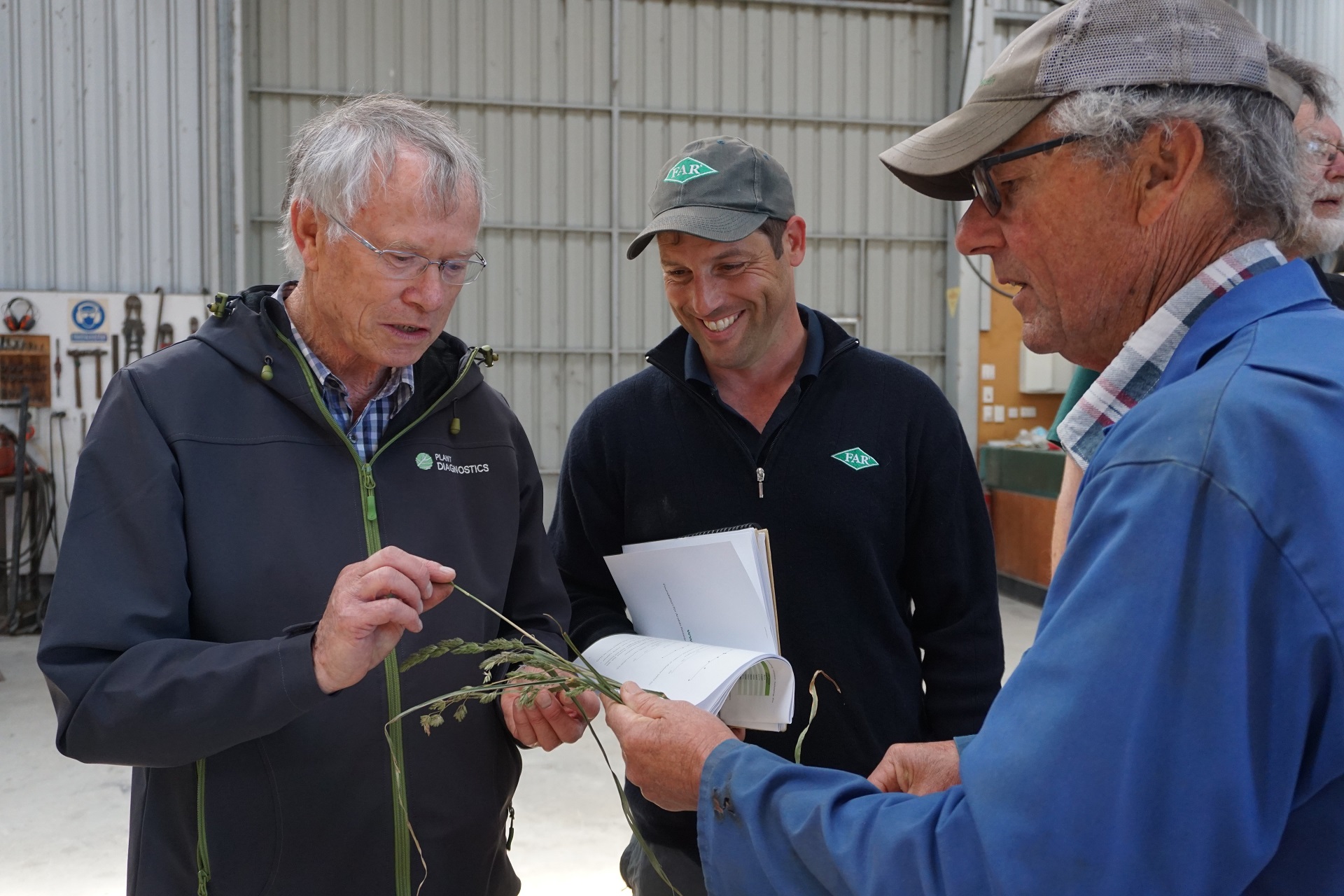
Farmer Ian Marr grows about 50ha of cocksfoot each year at Highbank, near the base of Mt Hutt.
He said the district’s climate suited the crop.
However, wet weather has caused head bleaching and some growers had reported cocksfoot seed yield losses of up to 70%, threatening the viability of the industry in some parts of Canterbury.
"It turned up four years ago," he said.
"The first year was really bad, but then it was on and off as it was weather driven. It requires moisture and the wet seasons were perfect for it. In retrospect, it was in the background for a while."
Mr Marr said some farmers were having up to 70% losses. The worst for the Marrs was 50%.
"It was all about identifying the problem. We didn’t know the enemy."
Leading the search to find the cause, was the Foundation for Arable Research and the Seed Industry Research Centre. They surveyed many fields in the Methven area to find potential pathogens, including bacteria and a range of fungal species that could be the cause.
Late last year, a breakthrough was made in understanding the seed head bleaching problem, when Plant Diagnostics owner Mark Braithwaite identified downy mildew as the probable main cause.
Downy mildew, caused by Sclerophthora cryophile has since been found in a range of cultivars and across cocksfoot fields in Canterbury.
Mr Braithwaite said it was probably not surprising it was a difficult organism to identify.
"It is a species of downy mildew that only produces spores under very specific conditions and they are hard to detect."
Water is a key factor for plants to become infected during the growing season. A cool-temperature pathogen, downy mildew is active during cool nights where there is dew and moisture.
Little is known about its life cycle and survival, but it is likely to be within the plant, possibly moving from the base to the top in certain conditions.
"We know more than we did a year ago, but there are still a lot of unknowns about this particular organism," Mr Braithwaite said.
"Nobody has all the answers, in New Zealand, or overseas and it is ripe for further study."
Downy mildew is not a fungus, but an oomycete such as late blight in potato. While not controlled by many fungicides, other products are available for its control.
FAR research leader Richard Chynoweth said the downy mildew’s identification coincided with a trial of different treatments on cocksfoot at Mr Marr’s farm and another at Wakanui last season.
Two treatments at Mr Marr’s farm were visually striking, cocksfoot staying green while plots with other fungicide and bactericide treatments lost significant green leaf.
They produced yields of 790kg a hectare and 620kg/ha compared with 220kg/ha for the control crop and 450kg/ha to 480kg/ha for other treatments.
Further trial work is continuing this season.
















